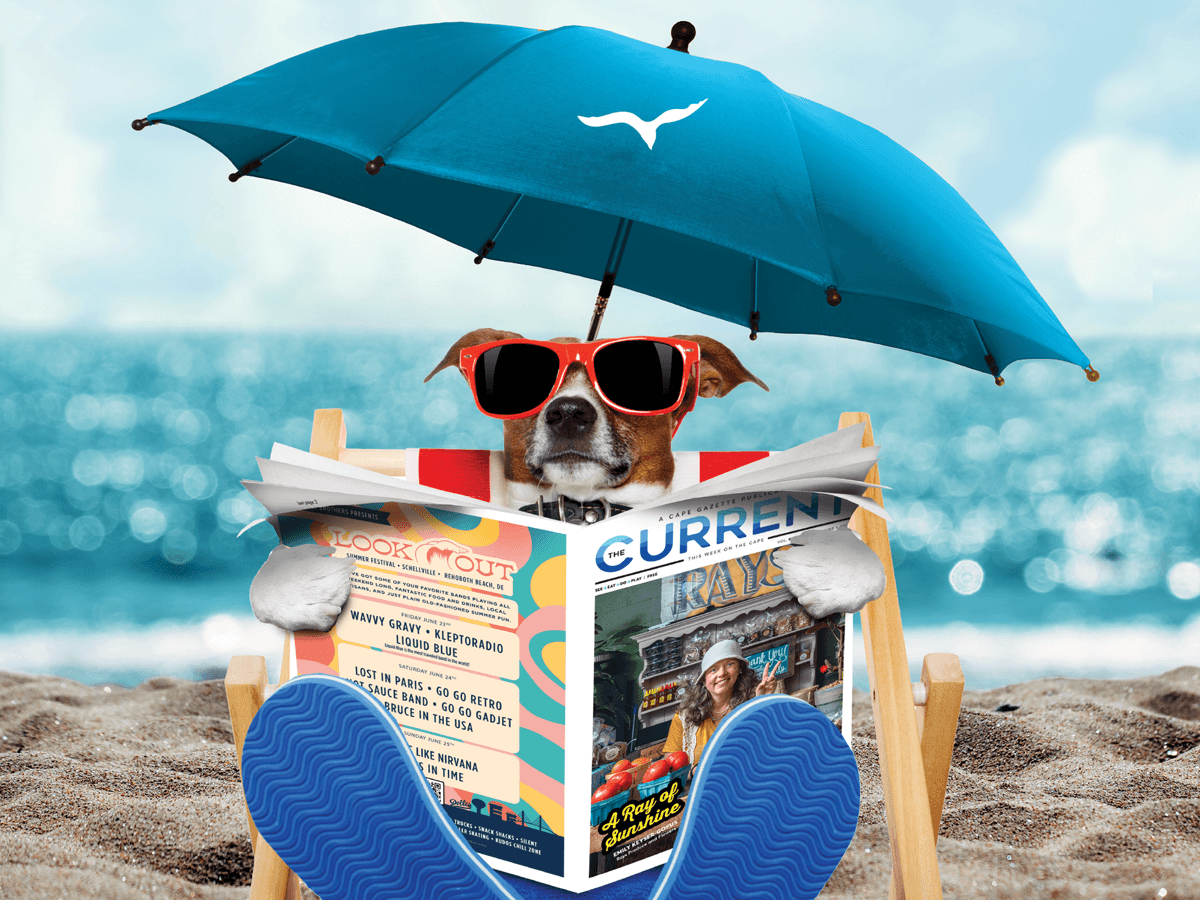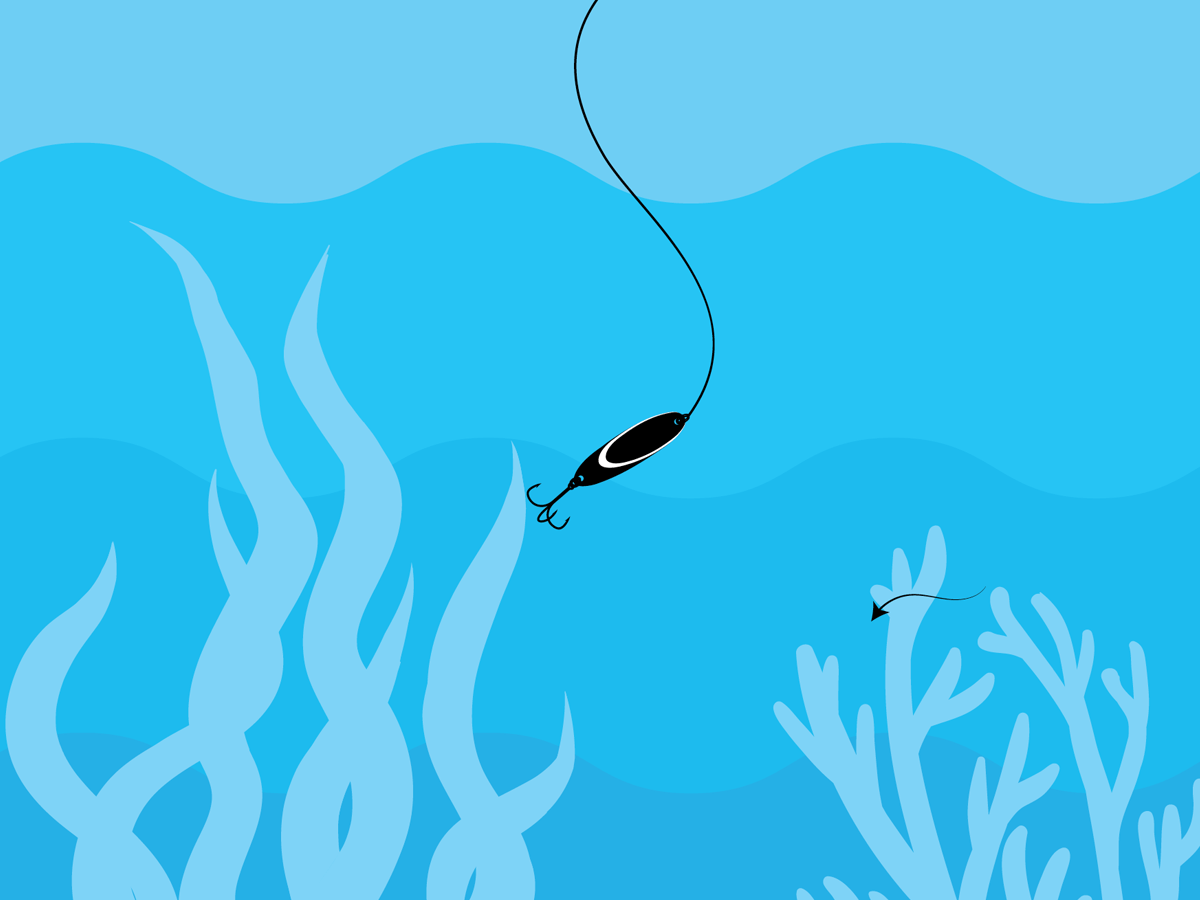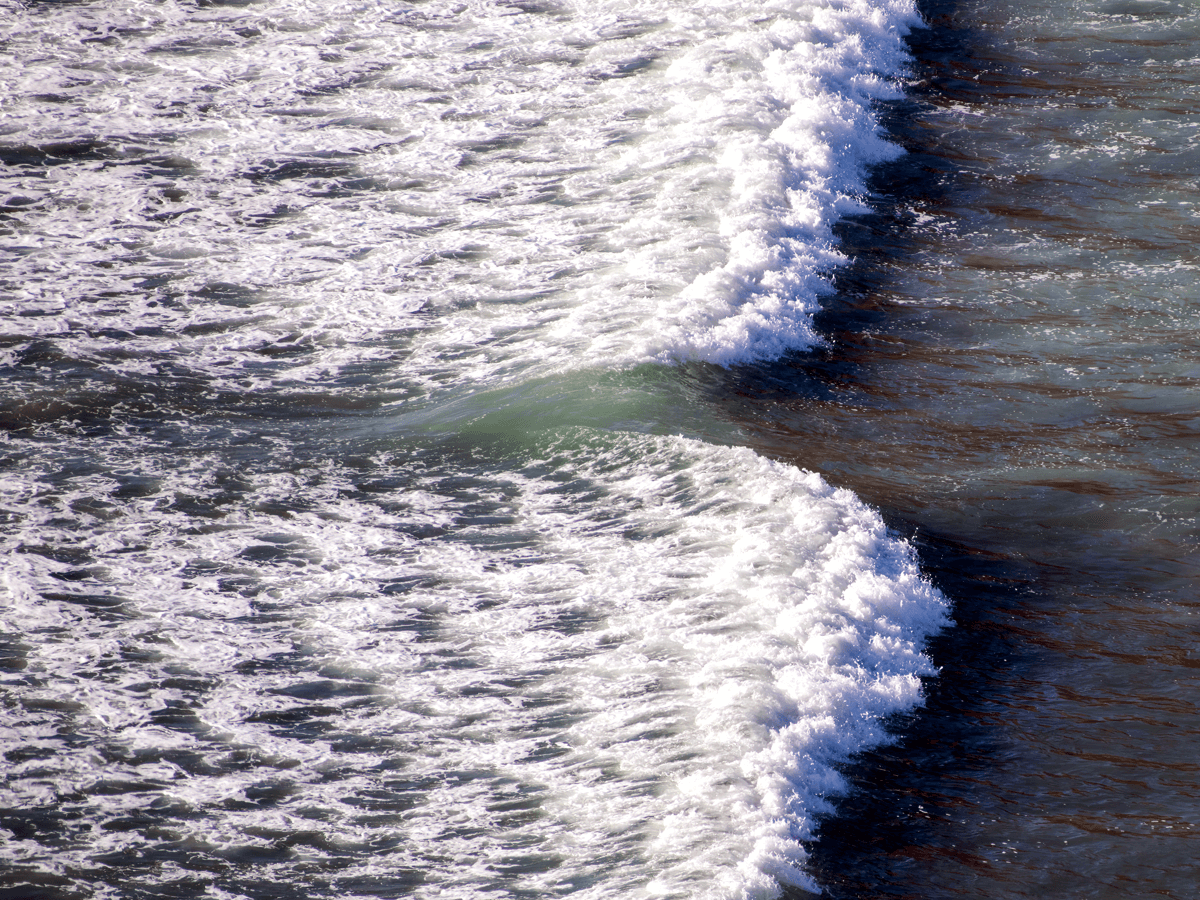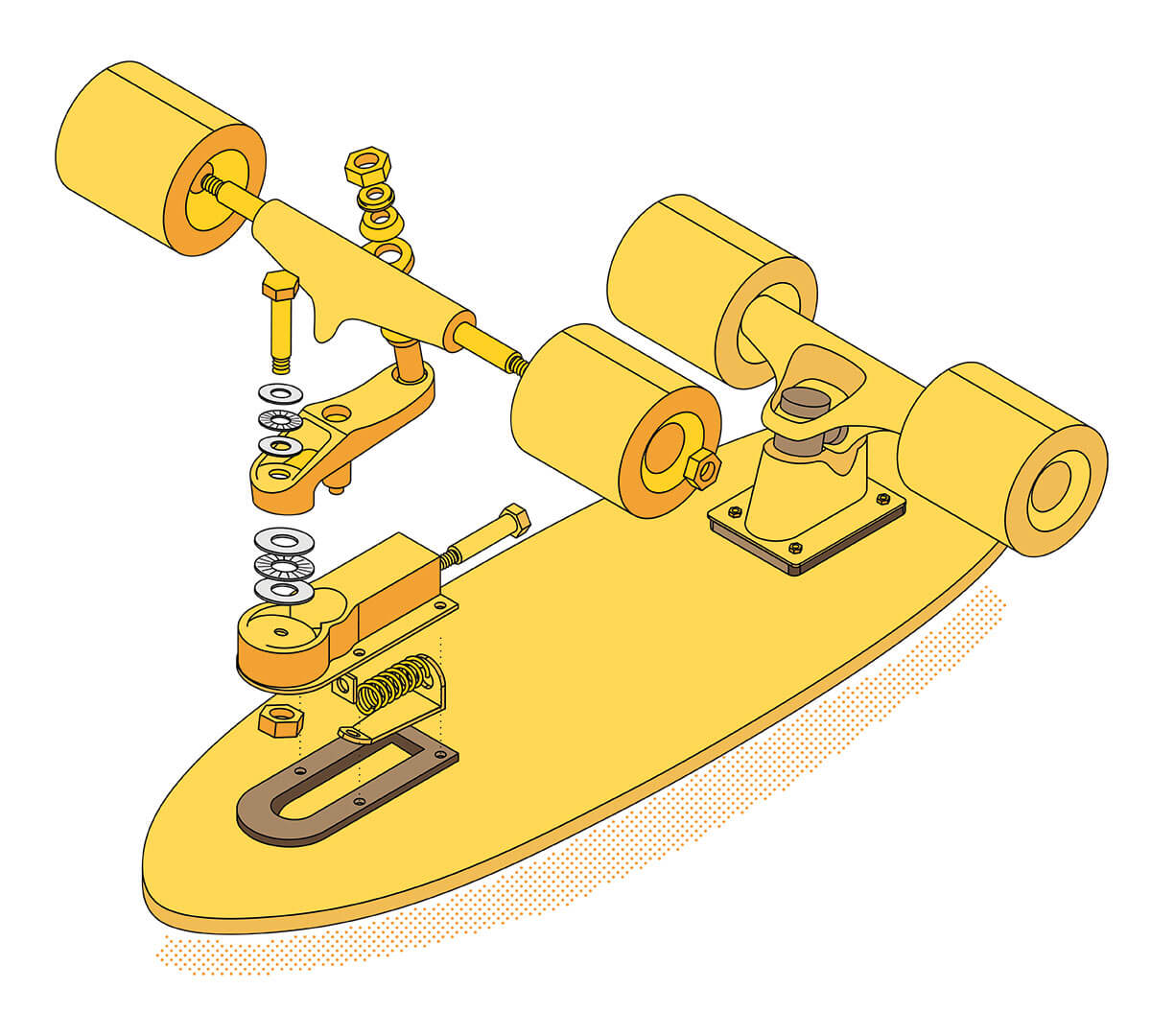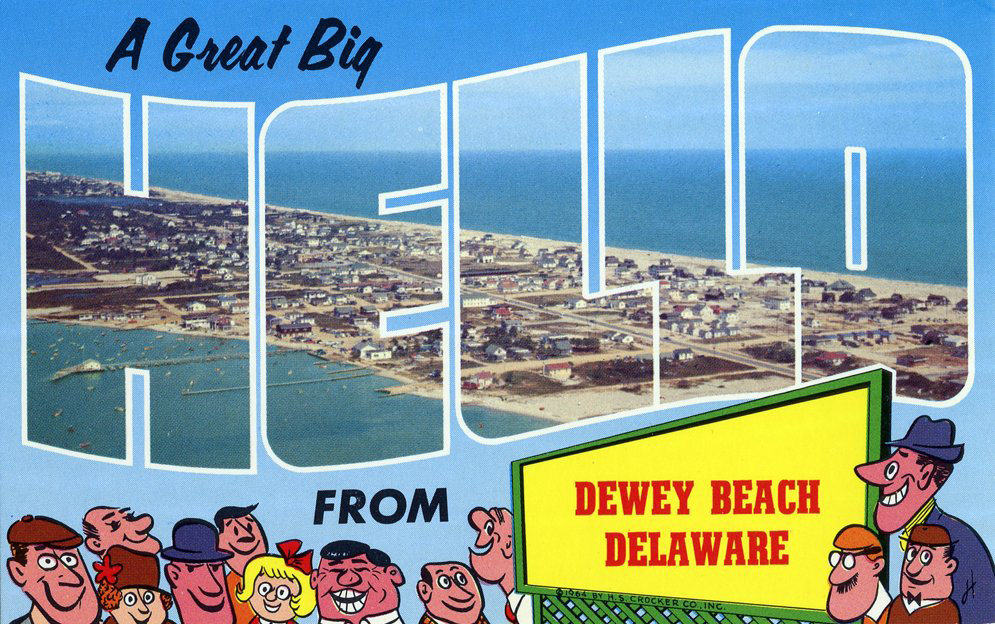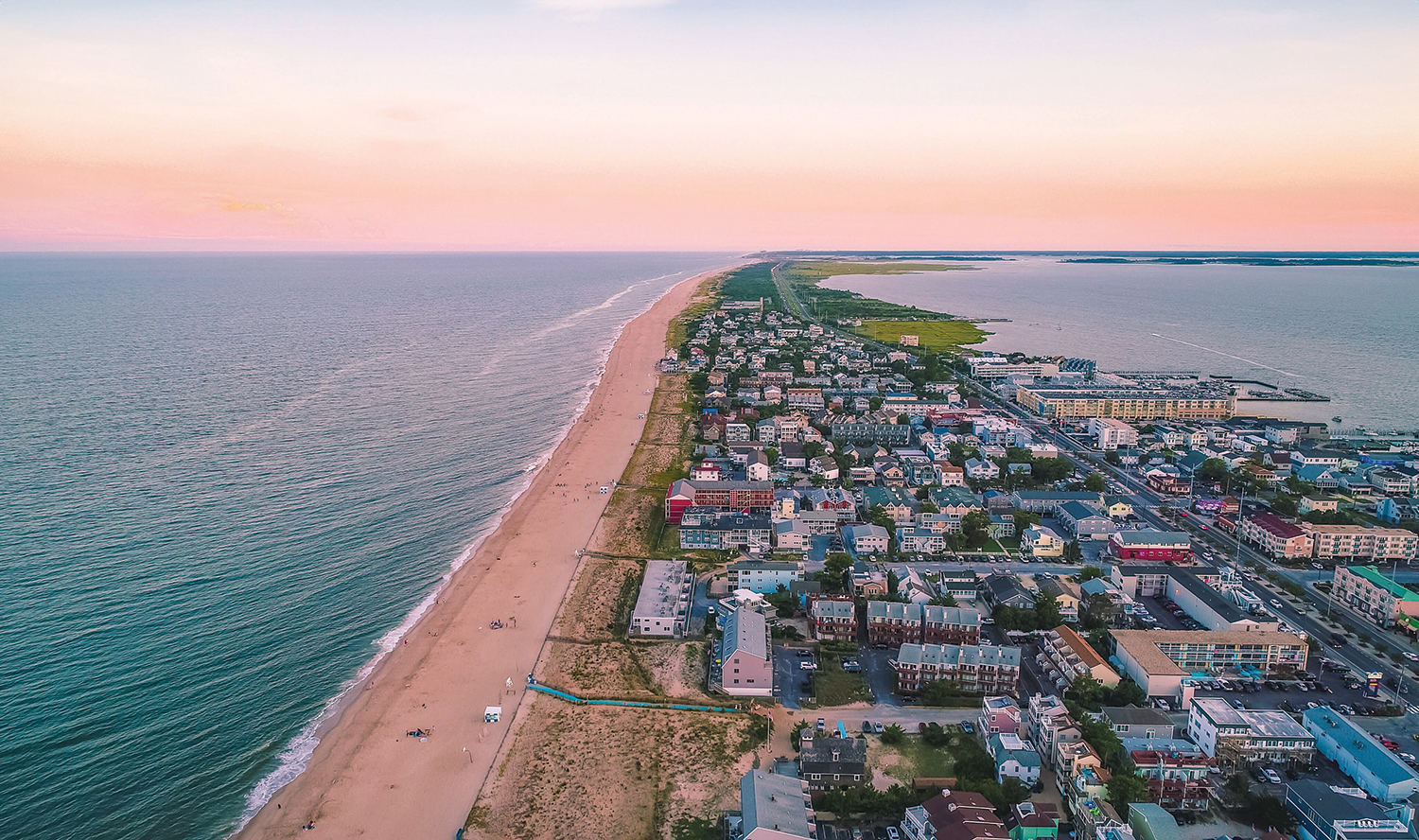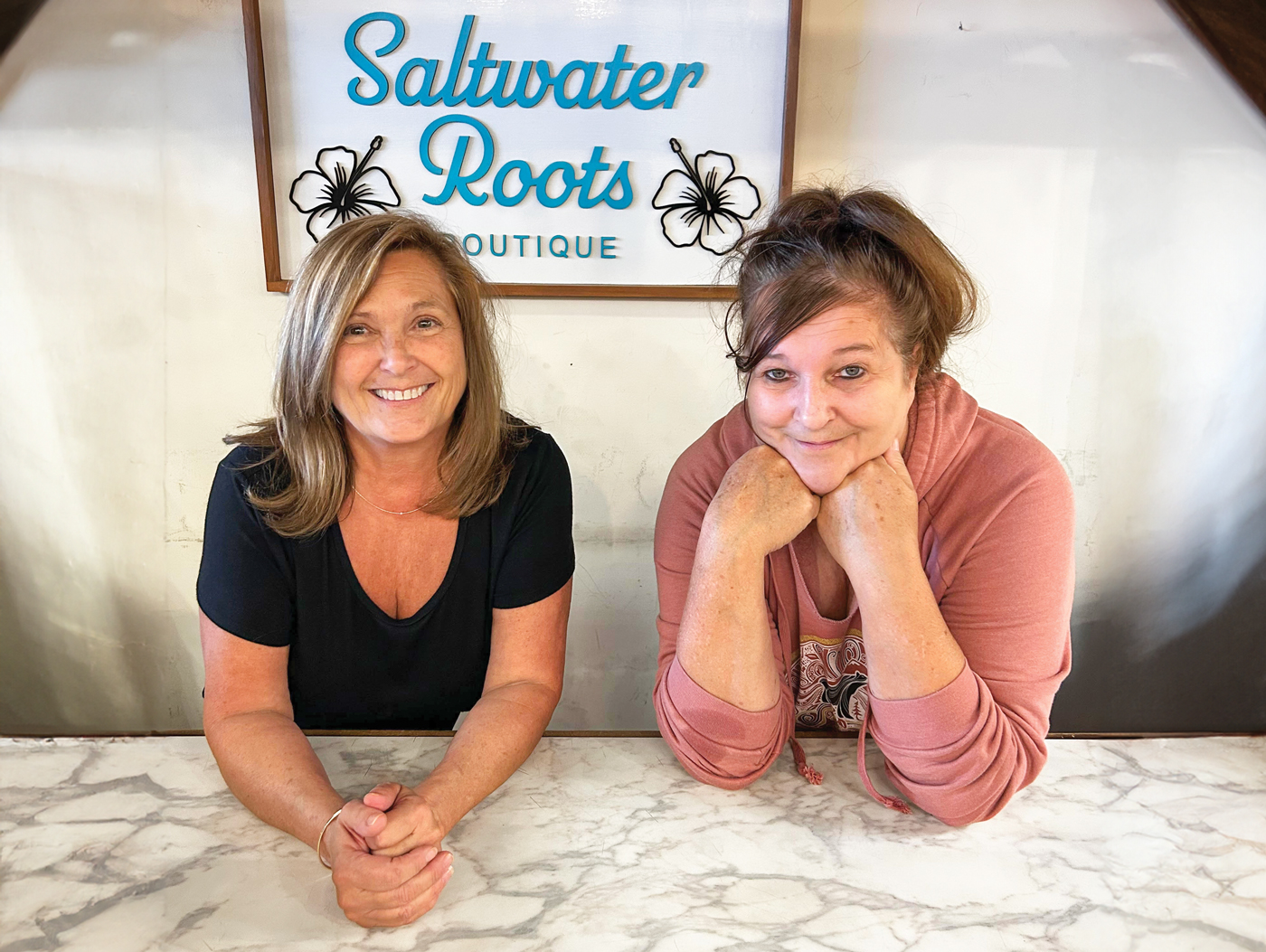1 DEVELOP A CONCEPT You need to know the purpose, message and look of your paperzine. Will it be sleek and professional or something more informal and trendier? You need to identify your target audience and tailor your content to them. This helps determine language, tone and layout, since different audiences resonate with different approaches.
2 SELECT A TITLE We recommend keeping the title short and catchy since ease of pronunciation will help it gain popularity. It is important to note that your paperzine will reflect your brand, so whatever you choose to name it, make sure it doesn’t stray from your brand image.
3 FIND A PUBLISHER A publisher manages the distribution of your paperzine. He’s the guy (in our case)
who fronts the cash and makes executive decisions on circulation, advertising and the production process.
4 DON’T SKIMP ON YOUR EDITORIAL TEAM. Also known as a masthead. You’ll need a strong group of editors, writers, copy editors, fact checkers, a production team that includes designers, photo editors and your creative lead. Your editor creates the editorial calendar, develops story ideas, manages writers and edits content.
5 HIRE A PRODUCTION DEPARTMENT They are often the glue to the whole paper. A production manager oversees the production, from initial meetings that decide advertising to the final stages of production, printing and circulation.
6 FIND YOUR SALES TEAM They’re the ones who sell advertising space for your paper, website and any other advertising you may need to promote your brand. Without advertising, your paper will cease to exist no matter how inventive your concept is.
7 FACT CHECKING Once your writers file their stories, your editor will send them to a fact checker, who reaches out to sources to make sure your story is factually correct. Once completed, the editor will edit the copy to fit your brand’s tone and voice guidelines.
8 ART & DESIGN Creative directors generally develop and oversee the look of your paper. The creative director will also work with designers, photo editors, photographers and illustrators to bring the paper to life.
9 COPY EDITING Once the pages are designed, it’s sent through the copy-editing process. Copy editors police the text to correct errors in grammar, punctuation and spelling.
10 PROOFREADING Once your editorial team and publisher are happy with the look of the paper, high resolution files are sent to the printer.
11 PREPRESS PRODUCTION Production will now make sure the art on the pages is presented in the highest quality form. A circulation has already been decided upon and ink and paper have been ordered.
12 PRINTING Your printer will check that your files have the essential “bleed.” A bleed is the extra space around the outside of your document that will be cut off during production. Once the printer “plates” each of your pages on a form, your paper is ready to print. Plating is four individual color plates that will stamp each color on the paper (cyan, magenta, yellow and black). After the printing is completed, the paper goes off to the finishing and bindery department, making it ready for delivery and newsstands.

